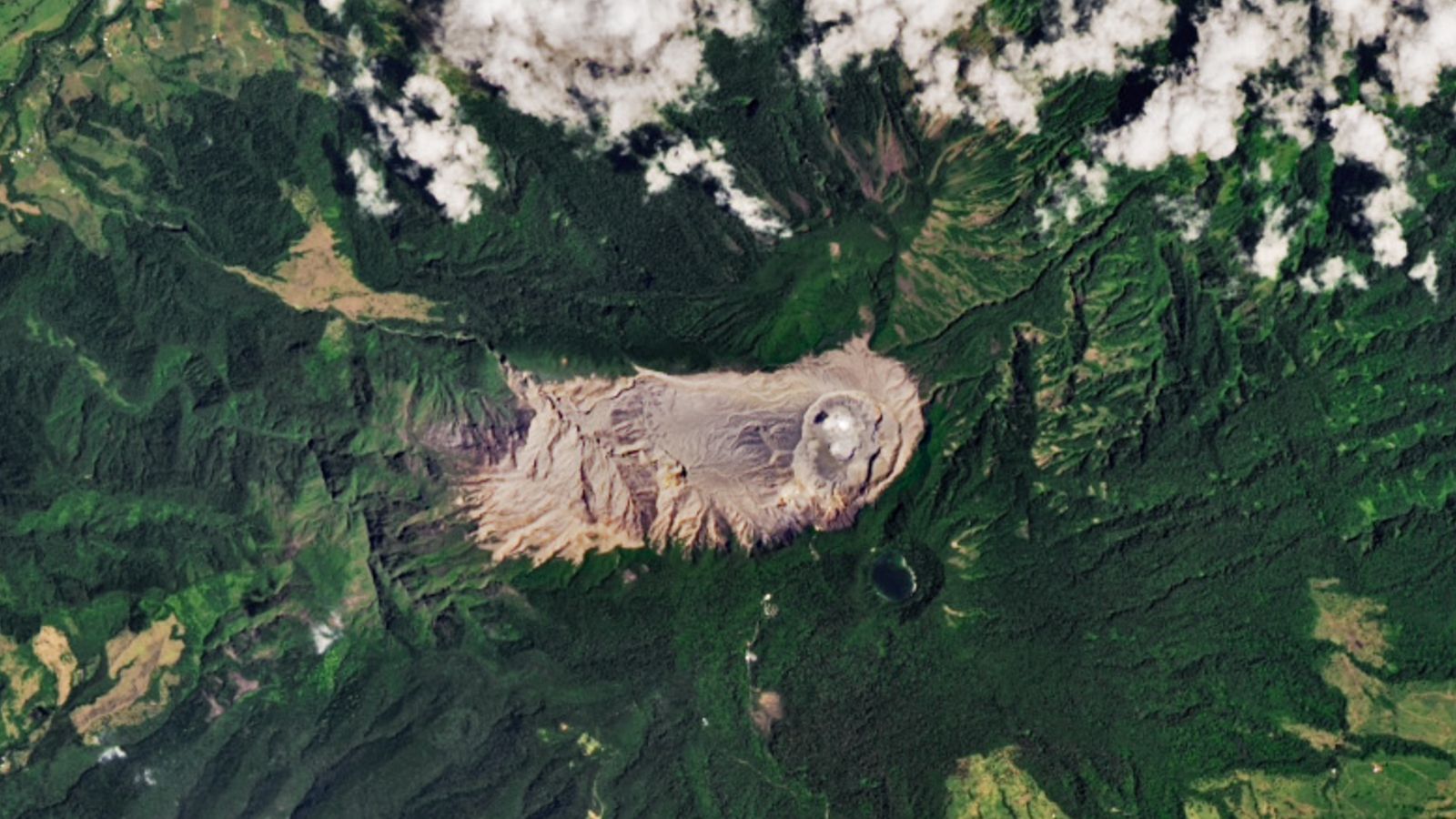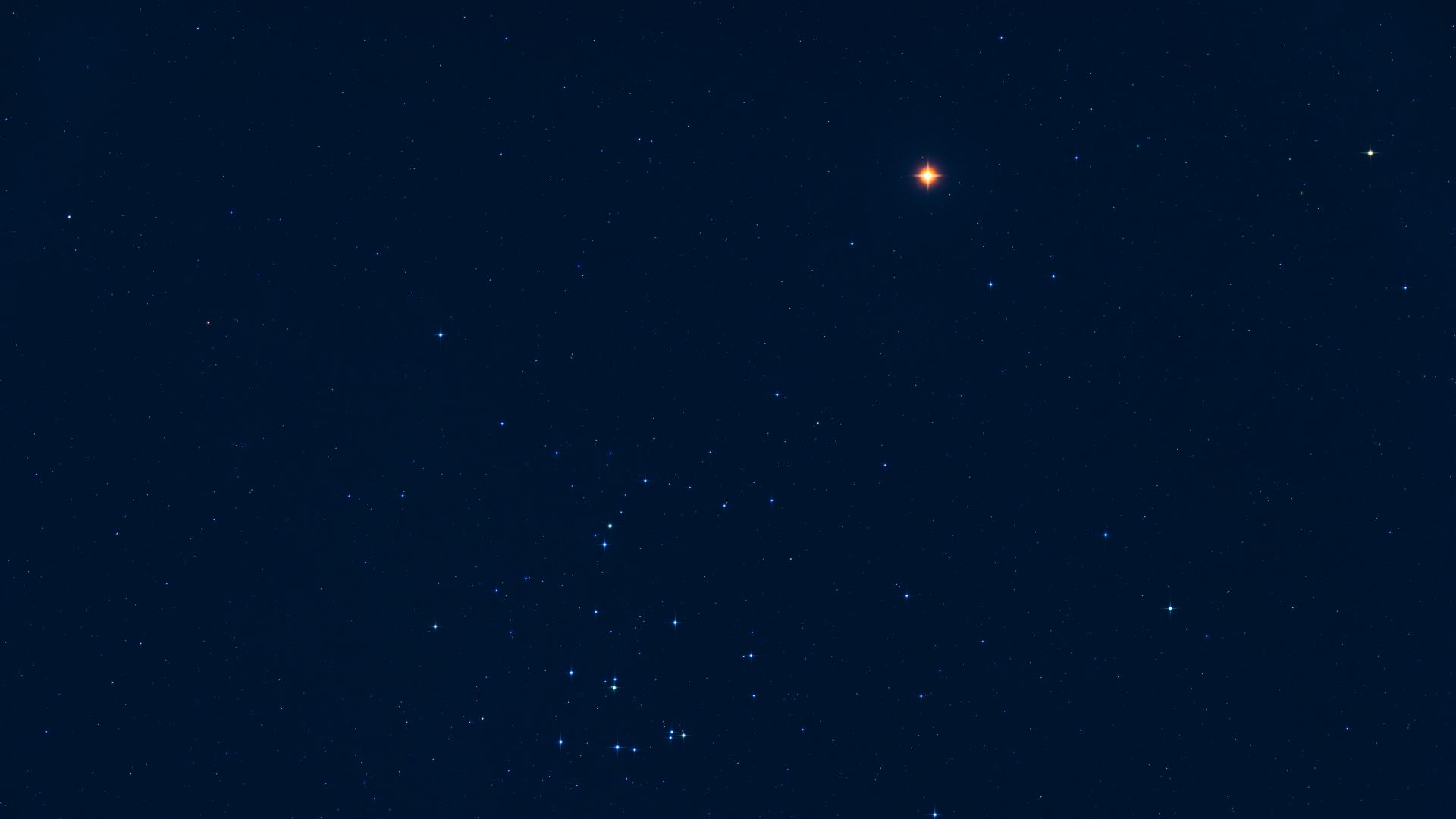Sign up for Big Think on Substack
The most surprising and impactful new stories delivered to your inbox every week, for free.
Nearly 50 years ago, Klaus Biemann, a principal investigator for NASA’s Viking Mars landing mission, announced that, after careful study of data collected by the landers’ onboard instruments, they had detected no organic compounds on the Martian surface. The Viking science team issued a broad conclusion: Mars was lifeless.
But data from the life-detection experiments was ambiguous. In fact, three different Viking instruments — the Labelled Release experiment to test for metabolic processes; the Pyrolytic Release experiment to test for organic synthesis reactions, and the Gas Exchange experiment to measure exchange of gases that might be biological in origin — returned data that were hard for scientists to interpret at the time.
Gil Levin, principal investigator for the first of these, insisted until his death a few years ago that his experiment had actually seen metabolic activity from Martian organisms. Norm Horowitz, the principal investigator of the Pyrolytic Release experiment, was more negative about Martian life. Even though the very first test at Viking 1’s Chryse landing site had been positive for organic synthesis (with a 99.7% certainty compared to the control sample), follow-on tests provided no clear results. The gas exchange experiment was just as puzzling: It showed the release of several gases, including oxygen, but scientists today still don’t agree on an explanation.
“No organics, no life”
All of these ambiguities and inconsistencies were swept aside, however, as soon as Biemann announced that there was no detectable organic carbon on Mars. The lack of any organics would have ruled out life as we know it. But Biemann’s instrument had in fact detected organic compounds — the chlorinated compounds methyl chloride and methylene dichloride — at a very low level. Biemann and his team interpreted these as stowaway contaminants brought from Earth, though it wasn’t clear how that could have happened.
Even to today’s scientists, the total lack of organics on Mars should have been surprising. Cometary infall would have scattered at least some organic material on the Martian surface, just as it does on Earth. Nevertheless, Biemann’s negative result led Gerald Soffen, Viking’s project scientist, to flatly declare that there could be no life on Mars without organics. His famous words: “No organics, no life.”
In the half-century since, the scientific community has accepted that disappointing verdict without much questioning. It’s the story you’ll find on Wikipedia, in school textbooks, and in popular media. The news had an immediate impact on Mars exploration: It took another 20 years before the next landing mission, Mars Pathfinder. Even then, the goal was a much more modest focus on geological evidence of water rather than a direct search for life. More recently, the Curiosity and Perseverance rovers have carried instruments to detect organic compounds, but there’s still no dedicated life-detection mission in the works from any nation.
In a recent eLetter to the journal Science, Steve Benner of the Foundation for Applied Molecular Evolution, along with three other colleagues, including me, point out that Biemann’s nearly 50-year-old assessment was very possibly wrong. Scientists of the time were too focused on abiotic — that is, non-biological — answers for the puzzling Viking results, even those that made little sense. Instead, they should have kept their minds open to biological explanations as well.
A successor to Viking
Now, with new knowledge gained from later landing missions, the scientific consensus is finally changing. After multiple detections of various types of organic compounds (including chlorinated organics similar to those found by Viking) by Curiosity and Perseverance, it has become clearer than ever that Biemann and Soffen were mistaken.
As our letter to Science points out, it’s time to change our negative mindset about Martian life. With human travel to Mars on the horizon, we should consider the real possibility that indigenous life exists on Mars today. Taking that message to heart means that we’ll need not only to protect Martian life forms from us, but to protect us from them. This is no small concern — we’ll have to address it before we can start talking seriously about a human landing mission.
The first step on that journey is to correct an old mistake that shaped the course of Mars exploration for 50 years. The second step is to launch a new robotic mission dedicated explicitly to the search for life. Such a mission would be a worthy successor to Viking, using 21st-century technology and a more realistic, up-to-date scientific understanding of planet Mars.
This article was updated on November 11, 2025, to correct a misquotation of Gerald Soffen. The correct quotation is: “No organics, no life.”
Sign up for Big Think on Substack
The most surprising and impactful new stories delivered to your inbox every week, for free.
Source link


